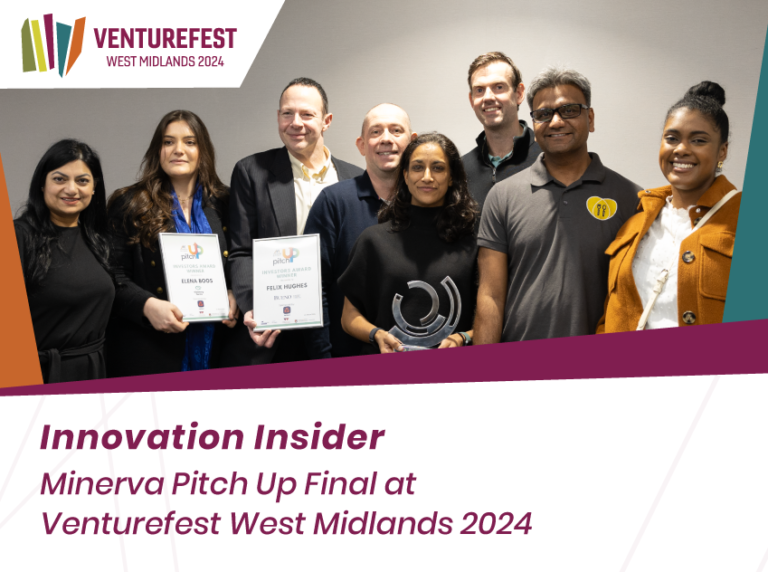Birmingham Science City (BSC) is not unique in thinking in terms of its local innovation ecosystem (much has been written about the concept for several years – try Googling the term for some examples) but our local ecosystem is unique. Like biological ecosystems, different innovation ecosystems share some common features and needs, but each will have a different set of conditions and mix of components and will therefore have particular combinations of requirements and interactions to enable it to thrive. Supporting organisations need to be in tune with these local needs. Furthermore, to thrive innovation ecosystems must be able to constantly adapt to challenges and opportunities presented by an ever changing environment, for example policy, fiscal or funding changes. For this reason I take issue with some commentators talking about ‘building innovation ecosystems’. The process is much more organic and interactive than this implies. So BSC takes the approach that the innovation ecosystem needs to be nurtured or enabled according to its unique requirements rather than built or managed. BSC is, of course, only one local organisation supporting the innovation ecosystem, and the Technology Strategy Board as the national innovation lead is beginning to explore how it can support innovation ecosystems at a local level too. BSC has the advantage of being a partnership across the public, private and research sectors, and is thus able to take a uniquely holistic and independent view.

The elements of the Innovation Ecosystem can be broadly considered in three categories, with an example of work BSC is currently engaged in with partners in support of each:
Innovation infrastructure: physical and virtual infrastructure to support innovation, including science parks, broadband access, finance, technical, financial and legal services.
Current example: The West Midlands ERDF programme is an important local source of innovation funding, and BSC is currently working to support the development of quality projects in the current programme and ensure strong innovation focus of future programmes through intense involvement in the decision making around the current and future ERDF programmes and dedicated support in developing collaborative innovation projects (supported by ERDF Technical Assistance funding).
People –skills and attitudes: Equipping individuals of all ages with the necessary aspirations, qualifications and skills to contribute to and benefit from science and its exploitation.
Current example: BSC’s Public Engagement Group has joined forces with the regional steering group for the Big Bang Festival (STEM Careers show at NEC, March 2012) to form a STEM Cohesion Group. Amongst the areas in which the group will stimulate collaborative activity is improved matching of local skills and training provision to the needs of local STEM based employers.
Innovation in business: Stimulation of transfer, development and commercialisation of technical knowledge through companies, clusters, Catapult Centres, industries and supply chains, existing and new.
Current example: Developing the ‘Innovation Engine’ concept to stimulate knowledge transfer and generate new markets by identifying large organisation (public and private) challenges and facilitating development of collaborative solutions based on new knowledge from SMEs/ universities. Working with science parks, public bodies, several SME sector support organisations and universities.

Of course a key feature of a thriving ecosystem is not just that the components are strong, but that they interact effectively. Therefore a further element of BSC’s approach is its work to stimulate and support a well informed and well connected innovation community across public, private and HE sectors in Birmingham and its environs. It does this by working proactively with core partners – represented on the BSC Board and working groups – and the wider community via extensive use of social media and networking. This Blog is part of that informing, and connecting role, as are the BSC LinkedIn Group (Innovation Futures BSC) and our Twitter account (@BhamScienceCity). So keep in touch and share news and views with us and the Innovation Community we support to play your part in keeping our local innovation ecosystem thriving.
Footnote: Supporting the Innovation Ecosystem is not all that BSC does – a future blog will explore our collaborative project development work.
Pam Waddell, Director of Birmingham Science City





